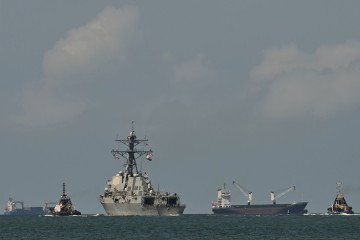Ukrainian Armed Forces are making significant progress in Russia’s Kursk Region, with units from at least four brigades—amounting to several thousand soldiers—participating in the operation, according to a report by The Sunday Times. Sources cited by The Economist indicate that Ukrainian forces are now fighting approximately 40 kilometers from the border.
Kursk Region Governor Oleksiy Smirnov has stated that Ukrainian troops have captured 28 settlements. According to Smirnov, Ukrainian forces have advanced 12 kilometers into Russian territory along a 40-kilometer-wide front, resulting in the capture of nearly 480 square kilometers of the Kursk Region. Commander-in-Chief of the Ukrainian Armed Forces Oleksandr Syrskyi has claimed that Ukrainian troops now control nearly 1,000 square kilometers of Russian territory.
While the Ukrainian military has provided limited public commentary on the operation, several fighters and high-ranking officials have spoken to international media. Among those who have commented are a source in the General Staff, Andriy Zagorodnyuk—former Minister of Defense of Ukraine and chairman of the board of the Center for Defense Strategies—and senior analyst Mykola Beleskov from the NGO “Come Back Alive”. Additionally, fighters from the 103rd Territorial Defense Brigade and the 33rd Separate Mechanized Brigade of the Ukrainian Armed Forces, as well as high-ranking officials and sources within Ukraine’s defense and security sectors, have shared insights on the operation.
Gathered reports from world media outlets, The Economist, The Atlantic, The Wall Street Journal, The Sunday Times, and AFP highlight the scope of the Ukrainian incursion into Russian territory.
The operation, which began on August 6, saw Ukrainian forces advance about 30 kilometers within the first three days, rotating units every night to reinforce their positions.
Russian pilots launched attacks on Ukrainian forces as soon as they captured the first village, reports infantryman Mykola, one of the first to enter the Kursk region. He recalled how Ukrainian forces shot down a Russian helicopter with an anti-aircraft missile, though some Russian drones and pilots managed to evade Ukraine’s electronic warfare (EW) systems and air defenses to strike Ukrainian positions.
The offensive has seen Ukraine utilizing modern armored vehicles, including German-supplied Marder infantry fighting vehicles, as reported by The Atlantic.
Markus Faber, head of the defense committee of the Bundestag, has stated that he does not see any issue with Ukraine using German-supplied weapons in the offensive. Meanwhile, Pentagon spokesperson Sabrina Singh confirmed that the operation in the Kursk region "aligns with US policy.”
According to sources cited by The Wall Street Journal, Ukrainian units advanced rapidly into Russian territory, aided by electronic warfare devices that disrupted Russian communications. Drone strikes and anti-aircraft systems also played a crucial role in supporting the fast-moving armored vehicles.
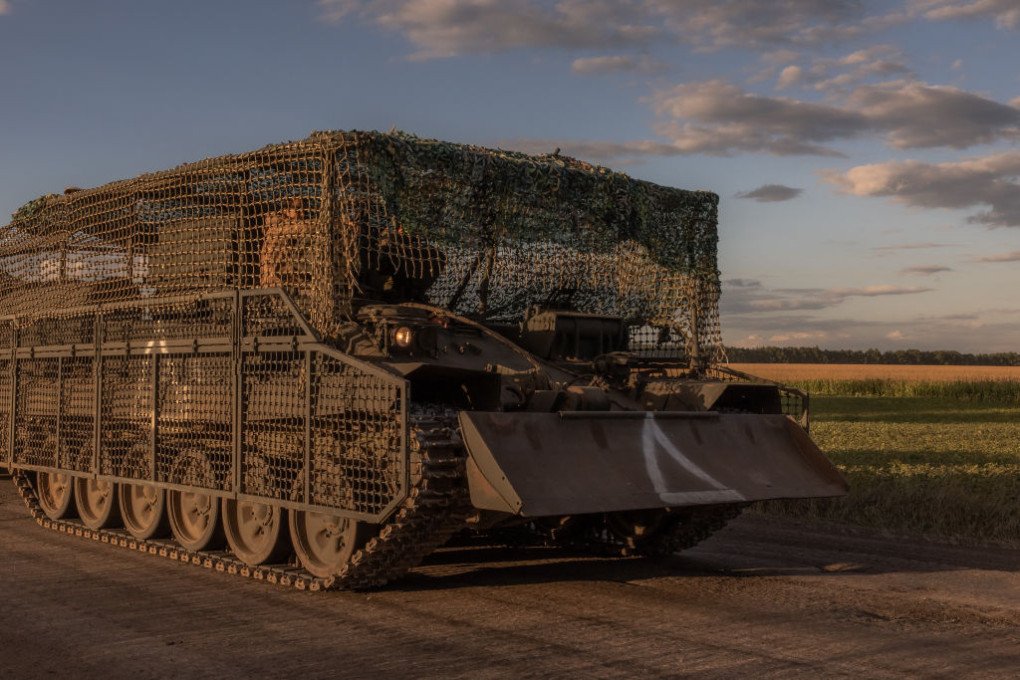
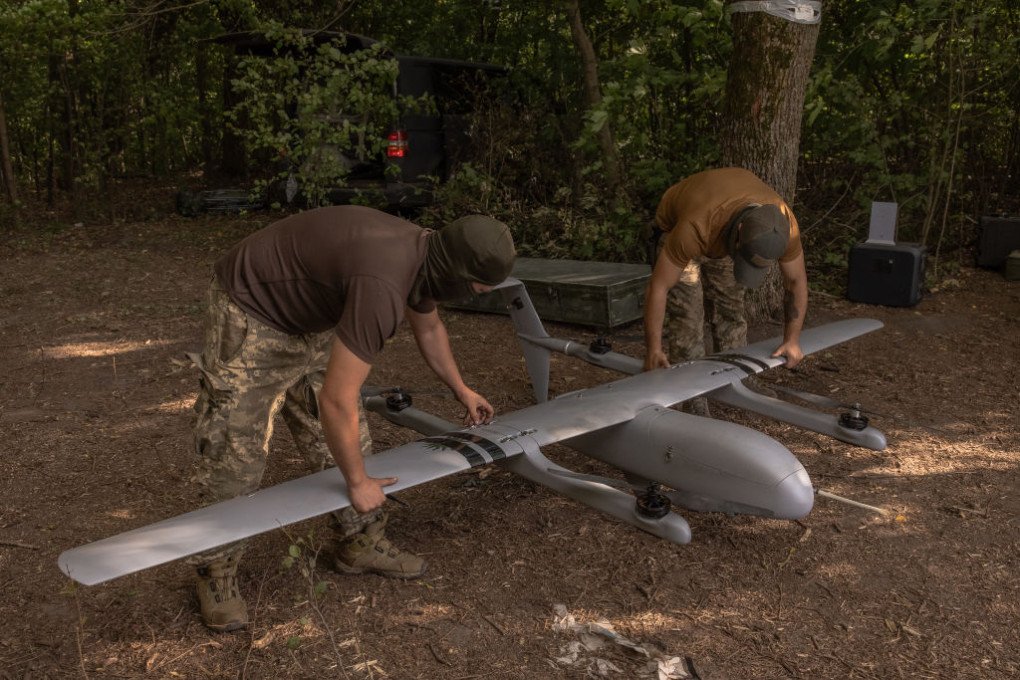
After securing their positions, Ukrainian forces have been deploying reconnaissance groups to identify weaknesses in the Russian defense. On August 9, Ukrainian troops reportedly destroyed a convoy of Russian vehicles with rocket artillery near the town of Rylsk, about 58 kilometers northwest of Suja, although this information has not been independently confirmed.
An Economist source within the General Staff, currently in the combat zone in the Kursk region, stated that “the most combat-ready units were sent to the weakest point on the Russian border.” The source added that the Ukrainian operation was meticulously planned, catching Russian forces off guard and leading to the surrender of many Russian soldiers.
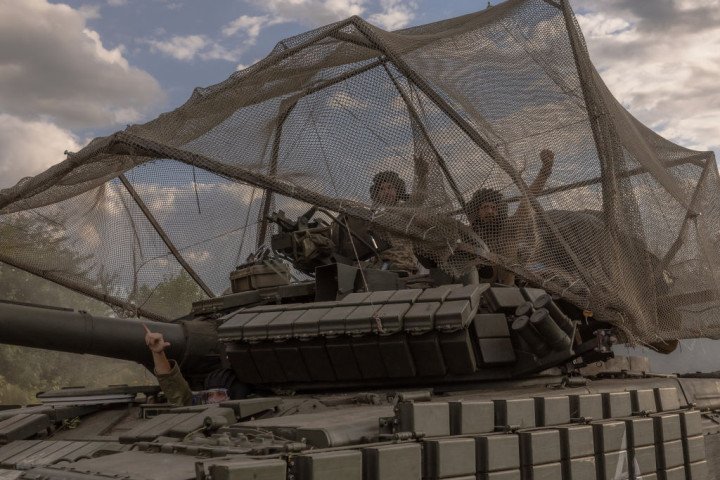
Russian troops are retreating “as fast as they can,” abandoning equipment and ammunition on the battlefield, according to a paratrooper from the 33rd Mechanized Brigade of the Ukrainian Armed Forces. After advancing 30 kilometers into Russia, the soldier was wounded, possibly from artillery fire, an airstrike, or even friendly fire—a common occurrence in the chaos of battle, he noted.
The Atlantic reports that Russian forces were likely unprepared for the Ukrainian offensive. One reason for this could be that Ukraine’s Western allies had previously restricted the use of their weapons on Russian territory. As a result, Russia had concentrated almost all its combat-ready troops in Ukraine, leaving poorly prepared units to guard the border.
“There are no borders between warring countries—there is only a front. The Russians forgot about it, but the Ukrainians didn’t,” commented Mykola Bielieskov, a senior analyst at NGO “Come Back Alive” in an interview.
However, a source in the Ukrainian General Staff offered a more cautious perspective, warning that the Russian army is “fighting more seriously” and that Ukrainian forces could be at risk of “falling into a trap.” Despite these concerns, the operation in the Kursk region has significantly boosted the morale of Ukrainian soldiers. Even those wounded in battle have expressed their willingness to continue the offensive.
Possible reasons behind Ukraine’s offensive in the Kursk Region
A senior Ukrainian security official told AFP that the primary goal of the offensive is to “stretch the enemy’s positions, inflict maximum casualties, and destabilize the situation in Russia, as they are unable to defend their own border.” This sentiment reflects a broader strategy to weaken Russian defenses and create internal pressures within Russia.
According to a source in Ukraine’s defense sector cited by The Sunday Times, the objective of the Armed Forces is to “convince our people, as well as Europeans and Americans, that the Ukrainian army still has enough potential to destroy the Russians.”
Retired US Army Lt. Col. John Nagle told the Wall Street Journal that the Ukrainians are also aiming to disrupt Russian logistics in the Kharkiv region and capture prisoners for future exchanges with Ukrainian soldiers held by Russia.
Ukraine might seek to leverage this position in negotiations with Moscow to reclaim occupied Ukrainian territories, according to Foreign Policy.
The report suggests that Ukraine’s military actions could be aimed at strengthening its negotiating position in future discussions with Russia. An unnamed advisor to Ukrainian President Volodymyr Zelenskyy shared with the Washington Post: “This will give them the leverage they need for negotiations with Russia—this is what it’s all about.”
Former Ukrainian Defense Minister Andriy Zagorodnyuk, in a comment to The Atlantic, outlined five possible motivations for the offensive:
distracting Russian forces from other fronts, particularly Kharkiv;
seizing the initiative from Russia;
demonstrating to the world that the Russian military is weaker than it appears;
testing new military tactics;
preventing a Russian offensive into new areas across the border.
Despite these strategic goals, a source in Ukrainian security agencies warned The Economist that the offensive may not yield significant results. The source suggested that the operation’s intent is at least to compel Russia to withdraw troops from the Kharkiv and Donetsk fronts, where they have been making advances.
“They are transferring troops, but not as quickly as we would like. They know that we will not be able to expand the front and extend logistics [in the Kursk Region] by 80-100 kilometers,” the source in the General Staff commented.
Military analysts, including retired US Army Lt. Col. John Nagle and Franz-Stefan Gadi, a Vienna-based expert at the International Institute for Strategic Studies, expressed doubts about the decision to pull Ukrainian forces from the Eastern front to attack Kursk. A battalion commander near Pokrovsk told the Wall Street Journal that Russia is advancing in the East and is not facing a shortage of fighters. Meanwhile, an officer stationed near Chasiv Yar noted that the frontlines have not significantly changed and doubts Russia will shift its troops from the east to Kursk.
Military analyst Franz-Stefan Gadi emphasized that the success of the offensive will depend on the availability of Ukrainian and Russian reserves. He warned that Russia is likely to quickly counterattack, possibly with anti-aircraft missiles. For Ukraine to maintain momentum, Gadi stressed the need for more fighters and weapons.
Meanwhile, the Ukrainian government is preparing for a potential Russian retaliatory strike. A high-ranking source in Ukraine’s defense sector told The Sunday Times that they anticipate a massive barrage of drones, cruise missiles, and ballistic missiles targeting government buildings in Kyiv.
-ba02b3bc86f0b624f99115809a6a34d0.jpg)
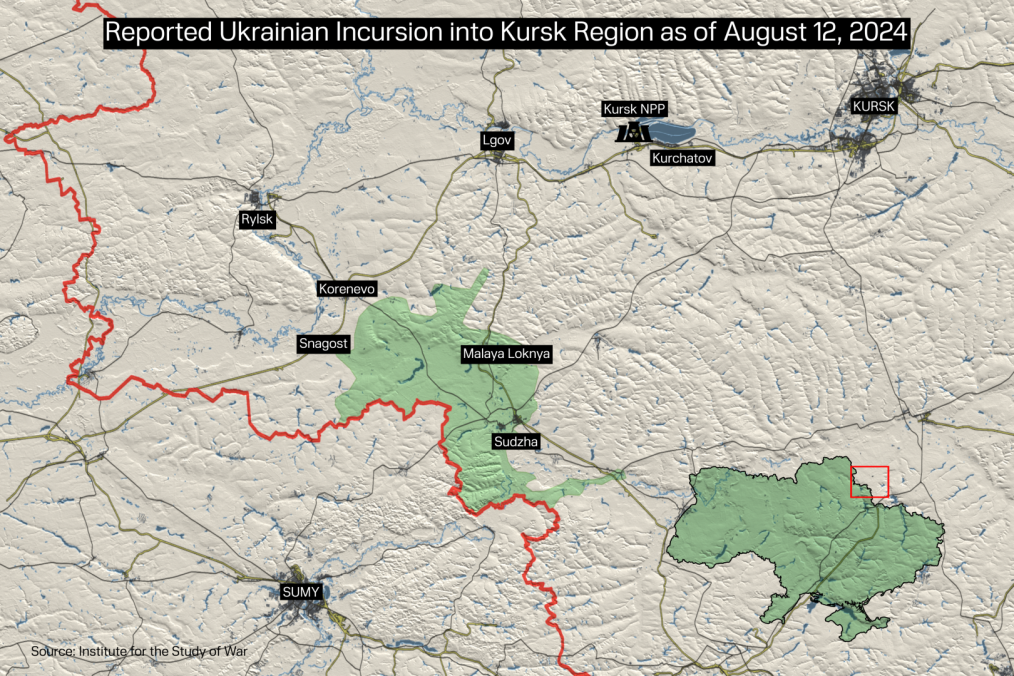
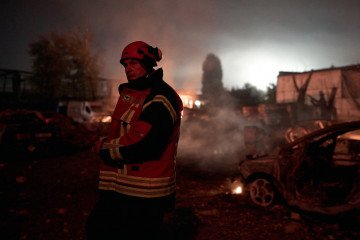
-111f0e5095e02c02446ffed57bfb0ab1.jpeg)




